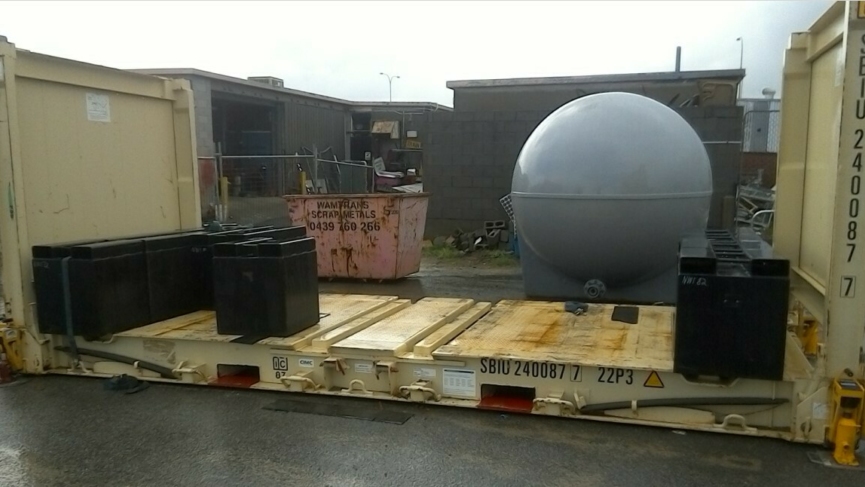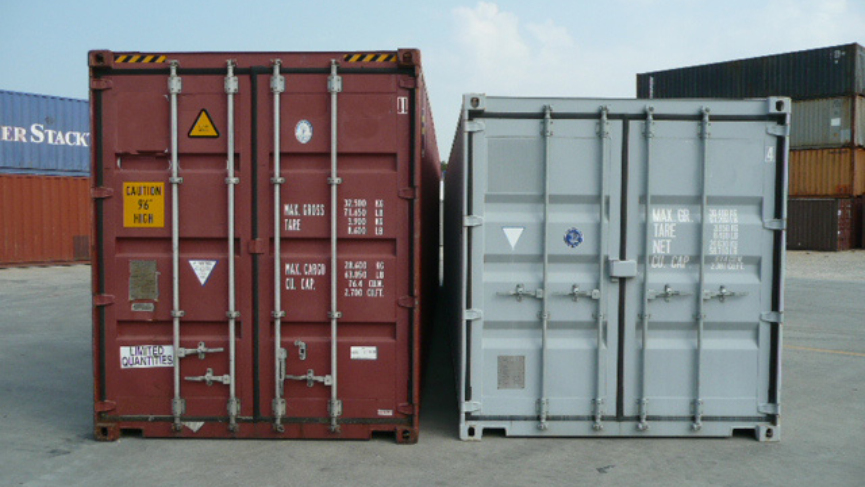11 Most Common Types Of Containers: A shipping container for every purpose
Did you know that around 90% of the world's cargo is moved by ships? It’s no surprise that to accommodate such a vast amount of goods, there are many different types of shipping containers in circulation, each used for a different purpose. The 11 most common types of shipping containers are:
- General purpose container (also known as dry container)
- Flat rack container
- Open top container
- Double door container
- High cube container
- Open side container
- ISO Reefer container
- Insulated container
- Half-height container
- ISO tank container
- Swap body container
Let's read in details about each container type and solutions to weigh or lift them on and off the chassis. If you use words like "conex", "cargo container" or "iso container" you are not the only one. Let's see how people call shipping container around the world.















